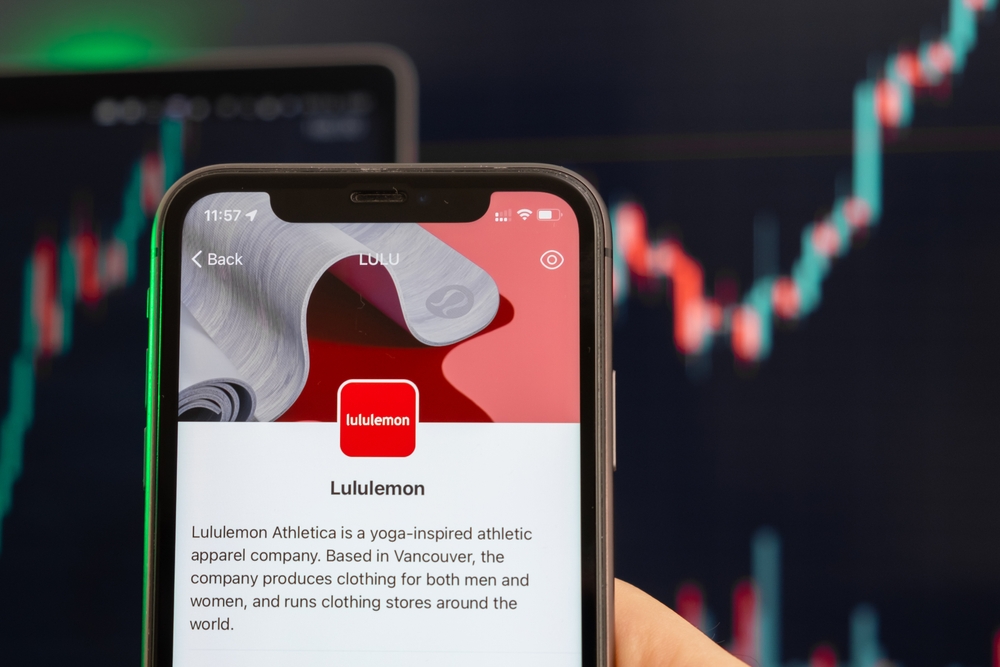Retailer signals cautious outlook amid consumer headwinds
Lululemon Athletica saw its stock plummet 13% on Friday after issuing a downbeat full-year forecast, underlining the growing uncertainty facing U.S. apparel retailers. The company said Thursday that cautious consumer spending—driven by concerns over inflation and the broader economy—was weighing on demand.
The announcement places Lululemon among a string of companies grappling with the fallout of President Donald Trump’s unpredictable tariff agenda, which has further dampened already fragile consumer confidence.
Fierce competition and branding woes
“The economic conditions are not ideal,” said Morningstar analyst David Swartz. “Lululemon has felt some impact from the rising competition in the industry, at least in the United States.”
The brand has been losing ground to emerging rivals like Alo Yoga and Vuori. Despite a range of new product offerings, Lululemon has struggled to recover its once-dominant brand identity.
“Newness initiatives have not been enough to offset pressure in a tough macro,” noted Truist Securities analyst Joseph Civello.
Mixed signals from consumers
While demand is growing for items like Glow Up tank tops and Daydrift high-rise trousers, it hasn’t been enough to boost broader performance. “We started this year with several compelling new product launches, but we also believe the dynamic macro environment has contributed to a more cautious consumer,” said CEO Calvin McDonald on Thursday’s earnings call.
Analysts responded swiftly. At least a dozen slashed their price targets for the stock. Truist cut its target the most drastically—from $460 to $380. Shares were trading around $296 after Friday’s sell-off, having lost roughly 25% of their value in 2024.
Valuation gap widens
Lululemon’s forward price-to-earnings ratio for the next 12 months stood at 21.92, according to LSEG data. That’s significantly lower than Nike’s 31.51 and Adidas’s 25.67, signaling skepticism from investors over Lululemon’s growth trajectory.
“For Lululemon, the theme still remains about fading growth,” said Jefferies analyst Randal Konik.







